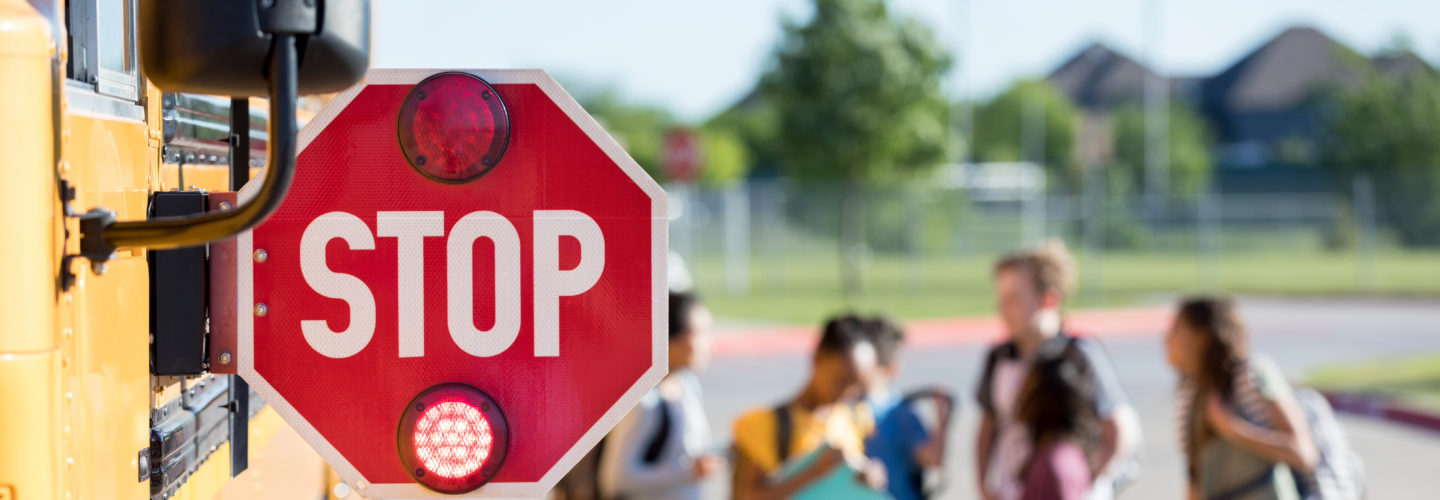Massachusetts’ Juvenile Justice System Response…
Massachusetts’ Juvenile Justice System Response to Problem Sexual Behavior by…

Home / About / About Child Sexual Abuse / Scope of Child Sexual Abuse
How pervasive a problem is child sexual abuse? The data are alarming. According to various research estimates, an astounding 1 in 4 girls 1 and 1 in 20 boys 1 experience at least one episode of sexual abuse victimization before they reach their 18th birthday. According to the Children’s Bureau of the U.S. Department of Health and Human Services, an estimated 3.9 million referrals involving maltreatment of children were received by Child Protection Services (CPS) agencies nationwide in 2021 2 . Of those, approximately 10.3% involved sexual abuse 3 . The report also estimated that 1,820 children died from abuse and neglect 2 .
Closer to home, the scope of child abuse and neglect is no less concerning. In the same calendar year (2021), the Massachusetts Department of Children and Families (DCF) received 83,000 reports of the alleged abuse or neglect of children under the age of 13 3 . More than 49,000 reports were screened in for a response, and 41% of allegations of abuse or neglect were supported 2 , 3 .
Even more staggering: only 28.6% of children are estimated to report child sexual abuse incidents 4 . It has also been estimated that child sexual abuse could affect as many as one in ten children nationwide.
Some common misconceptions concerning the scope of child sexual abuse:
Sexually abusive acts include sexual penetration—but also include sexual touching, sexual exploitation, or non-contact sexual acts such as exposure, voyeurism, and showing a child pornography.
National statistics indicate that the majority of sexual offenses (about 88 percent 2 ) are carried out by a person in the child’s family or social network—not strangers.
Recent surveys suggest that around 70 percent of those who commit sexual offenses against children are other children or teens —many of whom have been victimized themselves 5 .
1 CDC (2022). Fast Facts: Preventing Child Sexual Abuse. https://www.cdc.gov/violenceprevention/childsexualabuse/fastfact.html
2 U.S. Department of Health & Human Services, Administration for Children and Families, Administration on Children, Youth and Families, Children’s Bureau. (2023). Child Maltreatment 2021. https://www.acf.hhs.gov/cb/data-research/child-maltreatment.
3 Massachusetts Department of Children and Families (2021). Annual Report FY2021. https://www.mass.gov/doc/dcf-annual-reportfy2021/download
4 Townsend, C. (2016). Child sexual abuse disclosure: What practitioners need to know. Charleston, S.C., Darkness to Light. Retrieved from www.D2L.org.
5 Massachusetts Legislative Task Force on the Prevention of Child Sexual Abuse (2022). Overview of the Research on Children and Adolescents Engaging in Problematic Sexual Behavior.
Customized child sexual abuse prevention guidelines to meet the unique needs of any organization that serves children.
Safe Kids Thrive is managed by the Children's Trust of Massachusetts
Learning Center Registration
Sign up for an account and start your learning experience.
Free Online Assessment
Let us help you find out where to start.
